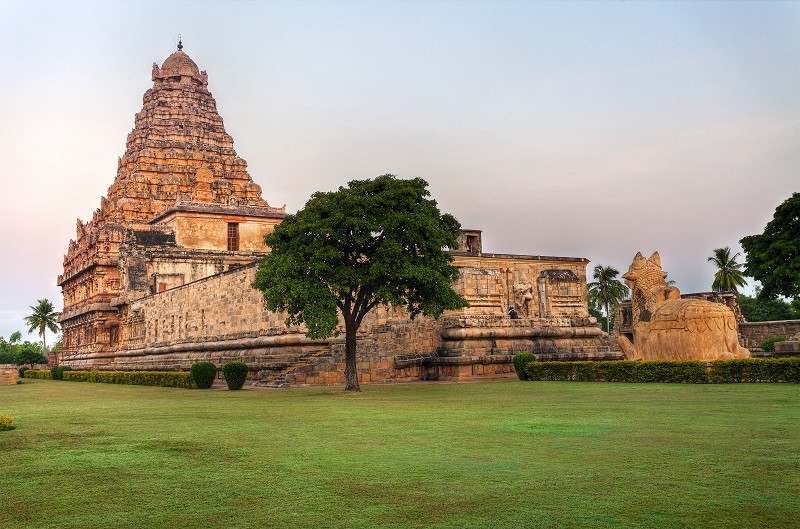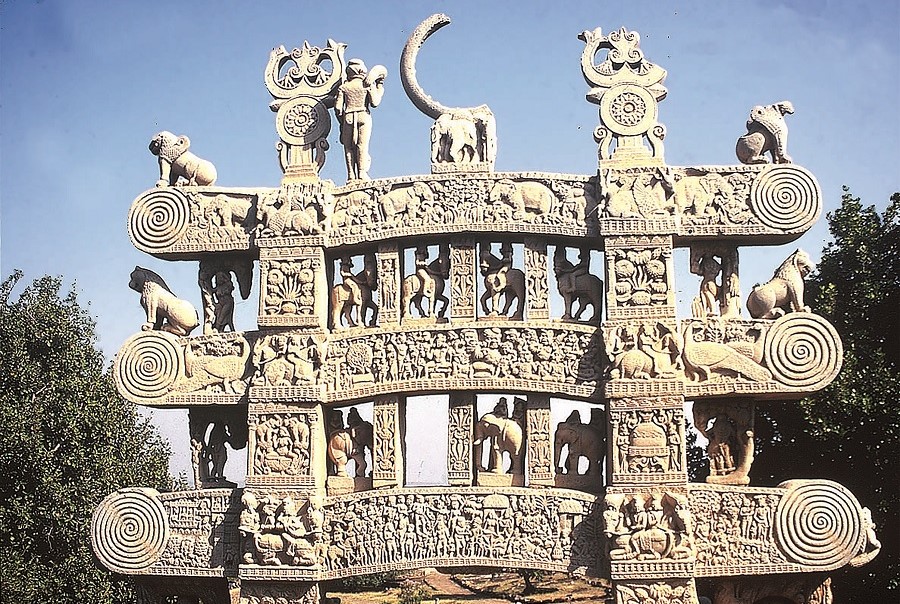The heritage tourism industry is transforming cultural preservation into a cornerstone of sustainable development, fostering a delicate balance between preservation and economic growth. To highlight its significance, address challenges, and chart the way forward, PHD Chamber of Commerce and Industry and KPMG in India have launched a report titled “Heritage Tourism as a Tool for Sustainable Tourism” at the 13th edition of PHDCCI’s International Heritage Tourism Conclave. This comprehensive report delves into the sector’s pivotal role in sustainability, detailed market analysis, and the critical challenges it faces. It identifies seven essential pillars for sustainable heritage tourism development, from effective government initiatives to strategic marketing and international recognition.
Highlighting India’s vast cultural and historical wealth, the report provides a compelling case study, underscoring the nation’s potential as a global heritage tourism hotspot. As we navigate the post-pandemic landscape, the report shares recommendations aimed at fortifying India’s heritage tourism sector. By attracting visitors to iconic sites like the Taj Mahal, Hampi, and Rajasthan’s forts, the sector will continue to thrive by preserving India’s cultural legacy through conservation efforts, infrastructure upgrades, and local economic empowerment.


Key highlights from the report include a global perspective on heritage tourism. In 2023, the travel and tourism sector contributed 9.1% to the global GDP, an increase of 23.2% from 2022 and only 4.1% below the 2019 level. The sector is responsible for more than 50 million jobs in APEC countries, with indirect benefits estimated at USD 1 billion, accounting for an additional 75 million jobs across the region. In 2023, there were 27 million new jobs, representing a 9.1% increase compared to 2022, and only 1.4% below the 2019 level. Domestic visitor spending rose by 18.1% in 2023, surpassing the 2019 level, while international visitor spending registered a 33.1% jump in 2023 but remained 14.4% below the 2019 total. The global heritage tourism market size reached USD 587.1 billion in 2023 and is expected to reach USD 813.5 billion by 2032, growing at a CAGR of 3.69% during 2024-2032.
In India, there are 42 world heritage properties, including 34 cultural properties, seven natural properties, and one mixed property. The Archaeological Survey of India (ASI) protects 3,687 national monuments, with 116 ticketed monuments across 19 states. Revenue generated by ticketed ASI monuments rose from INR 101.5 crore in 2021-2022 to INR 252.85 crore in 2022-2023, with the highest revenue recorded in 2016-2017 at INR 224.77 crore. The ASI has also utilized digital platforms for virtual tours and interactive experiences, such as the Taj Mahal and Qutub Minar. In 2022-2023, the greatest share of tourist footfalls was observed in Agra, followed by Delhi.


The report emphasizes sustainability and responsible tourism, noting that 83% of global travellers consider sustainable travel vital, with 61% indicating an increased desire to travel sustainably. The global sustainable tourism market is projected to reach USD 1.51 trillion by 2024, constituting 2 to 5% of the travel and tourism industry, with an expected CAGR of 23.8% from 2024 to 2034. In India, the Swadesh Darshan 2.0 programme aims at developing tourism infrastructure aligned with sustainable principles.
Vivek Agarwal, Head of Public Infrastructure at KPMG in India, stated, “Heritage tourism not only celebrates our past but also shapes our future by fostering economic growth, community empowerment, and global cultural exchange. Our analysis highlights India’s pivotal role in global heritage tourism, emphasizing strategic pillars for sustainable development. From effective government initiatives and community engagement to leveraging technology and strategic marketing, India’s potential is vast. As India navigates the aftermath of the COVID-19 pandemic, our insights aim to assist policymakers and stakeholders in harnessing the nation’s cultural assets for resilient, sustainable tourism development.”
Aalap Bansal, Partner at Industrial & Infrastructure Development Advisory (IIDA), added, “Embracing India’s rich cultural heritage isn’t just about preserving our past; it’s about forging a sustainable future through strategic development. Heritage tourism offers a unique opportunity to integrate our historical assets with modern infrastructure and industrial growth. By investing in our cultural treasures, we not only attract global visitors but also stimulate local economies and foster community development. Through consistent investments in industrial and infrastructure initiatives, we can build a legacy that honours our heritage.”
Also Read
Tourism Poised to Smash Records in 2024: WTTC
Watch on Youtube
